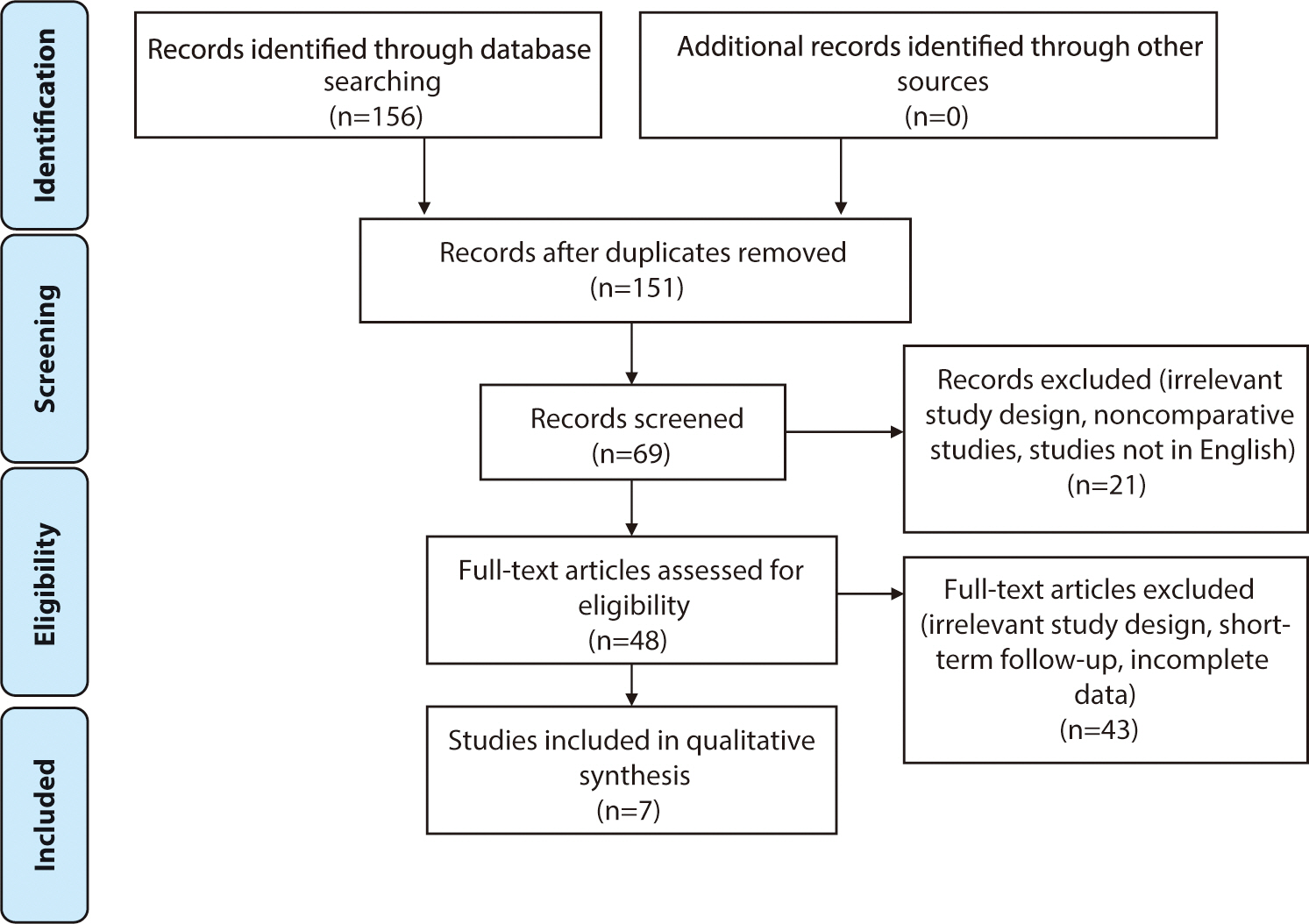
 , Claudia Santosa
, Claudia Santosa , Sherly Desnita Savio, Erica Kholinne
, Sherly Desnita Savio, Erica Kholinne , Made Bramantya Karna, Anak Agung Gde Yuda Asmara
, Made Bramantya Karna, Anak Agung Gde Yuda Asmara  , Young Dae Jeon
, Young Dae Jeon
Pain originating from the elbow can be due to issues affecting the joint itself or the structures surrounding it. These structures include the medial and lateral epicondyles, associated ligaments, the origins of wrist flexor and extensor muscles, the olecranon bursa, the distal biceps tendon, and the radial and ulnar nerves. Pain that appears to originate from a different location may actually be referred pain, potentially stemming from the neck (cervical radiculopathy) or the shoulder. Among complaints related to the elbow, lateral elbow pain is the most frequently reported. This pain could originate from the lateral epicondyle, the radiohumeral joint, or it could be referred pain from other areas. Medial elbow pain is the second most common complaint, often resulting from issues with the medial epicondyle or the ulnar nerve as it travels through the cubital tunnel. The biceps tendon is frequently the cause of anterior elbow pain. Patients who report swelling in the elbow are often experiencing olecranon bursitis. These conditions can often be effectively managed through conservative treatment. The aim of this article is to provide a structured approach to addressing patients with elbow pain, by detailing the common causes of such discomfort and exploring effective nonsurgical treatment options.

